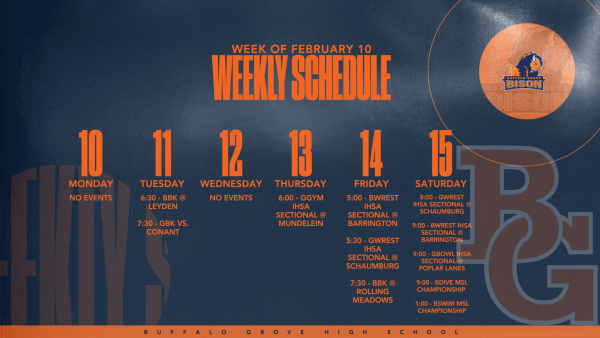New age of basketball garners criticism for evolved styles of play
With the 2019-20 NBA season officially underway, top players like Lebron James and Stephen Curry hope to add on to their illustrious resumes, trying to cement themselves among the ranks of the greatest players of all time. Both their careers are quite impressive, with Curry bringing home two league MVP awards and three NBA championships, and James counting three of each. Curry has become the most consistent shooter in NBA history, and James is in the conversation for the greatest player of all time.
Yet, there continues to be a looming disagreement over the legitimacy of these accolades stemming from the idea that the current state of the NBA is “easier” than it has been in the past.
This argument, when taken at face value, makes some sense. Scores appear higher than ever, teams are shooting more outside the arc and less inside the paint and defense just appears more lackadaisical. But upon closer examination, these arguments start to fall apart.
To start, scores are not drastically higher than before. Just compare the average points per NBA game from the last ten years (103.11) to the period many consider to be the “tough” period of basketball, 1990-1999 (100.09). Defenses aren’t allowing teams to score more than they have in the past.
Offenses, however, have changed drastically since then. The average NBA team today shoots close to three times as many three-pointers than they did twenty years ago. This could be viewed as a negative, but it is really just another way the game has evolved.
The game is less intense on the court from a viewer’s standpoint, as we no longer see the aggressive, intense play that the ‘80s and ‘90s brought us. But to mistake this more elusive style of play for a lack of toughness is incorrect.
NBA players that were drafted in 2019 on average had a vertical jump of 36.6”. Twenty years ago, that number was 34.2”. The vertical jump is just one example of NBA players spending more time in the gym honing their physical traits. There seems to be a stigma that elite shooters are taking the “easy way out” by shooting away from traffic.
But just ask Steph Curry, who cites his countless tiring hours practicing various forms of his jumper as reason for his dominant performances. If players are working just as hard in the gym as those who came before them, why discredit them simply because the game has evolved?
As for defense, one can simply look at the rule change that outlawed hand-checking in 1994, which stated that a defender could not use his hands to keep the offensive player in front of him, essentially forcing him to follow the dribbler with his feet.
Any level of basketball player, rec-leaguer to NBA pro, will tell you that it is more difficult to cover a man with your feet. Using your hands to stay in front of a guy is the mark of a slow defender, and should be punished in a league where smaller, more agile players can accommodate for their lack of size.
Did it make the league less physical? Perhaps.
But is the league easier because of it? Most definitely not.
In fact, the competition that players face is probably more difficult than it has been in the past. Athletes have access to more athletic training and nutritional aids than ever before, and therefore are creating simply better athletes. Players are stronger, faster and better-conditioned than ever before, and as a result the competition is far more advanced than years prior.
By no means does this mean that players from Jordan’s era were less skilled than those of today. But as athletes, the player in 2019 is far superior to the player in 1989. Michael Jordan smoked cigars and gambled until early the following morning between NBA Finals games. Lebron James spends an average of $1,000,000 a year on his body’s nutritional requirements. When pure skill meets proper training and advanced nutrition, I’ll choose the latter every time.


